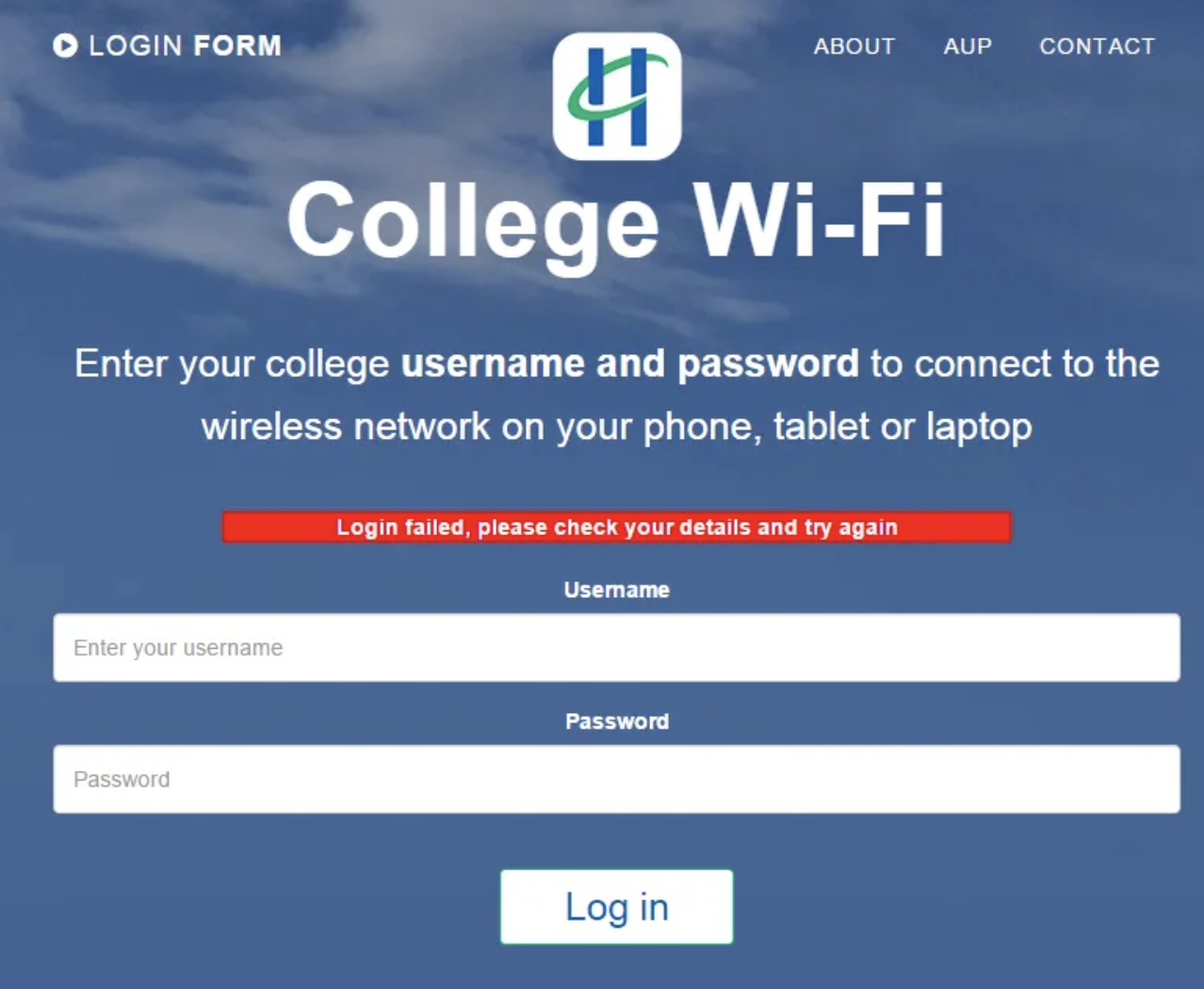Captive Portals

Are you familiar with the term "Captive Portal"?
Most of you are probably not familiar with this term, however, the majority that uses their phone on a daily basis, especially when being away from home, have probably come across one.
If you logged onto public wifi and wanted to connect your phone to the internet, a captive portal has most likely come across you.
In general, a captive portal provides a way to authenticate a network. Before connecting to the specific network, you must agree to the terms and conditions. The portal can be provided by a management device or a firewall, which constantly watches the communication on the network. So basically, if you want to connect to the WiFi, the device/firewall sees that you are a new user. It prevents access to parts of the network and holds you captive. In order for you to access these parts, you will have to authenticate. This is done with the portal.

You have probably noticed that the portal will occur on your browser. You will either have to enter your username and password or just agree with the terms and conditions. Those are the most common ones and probably the captive portals that you have seen before. There can be other methods, such as implementing a certificate or a type of code.
After you enter the details and submit the required information, you will get access to the network. Keep in mind, that there is a difference if you log in as an administrator or guest. An administrator has access to a larger part of the network compared to the guest. The guest can for example only use the internet. The internet access will be for a limited period of time since there is a time-out value in the captive portal which will remove your access. If you want to continue, you will have to do the same steps again and authenticate before accessing the internet.
